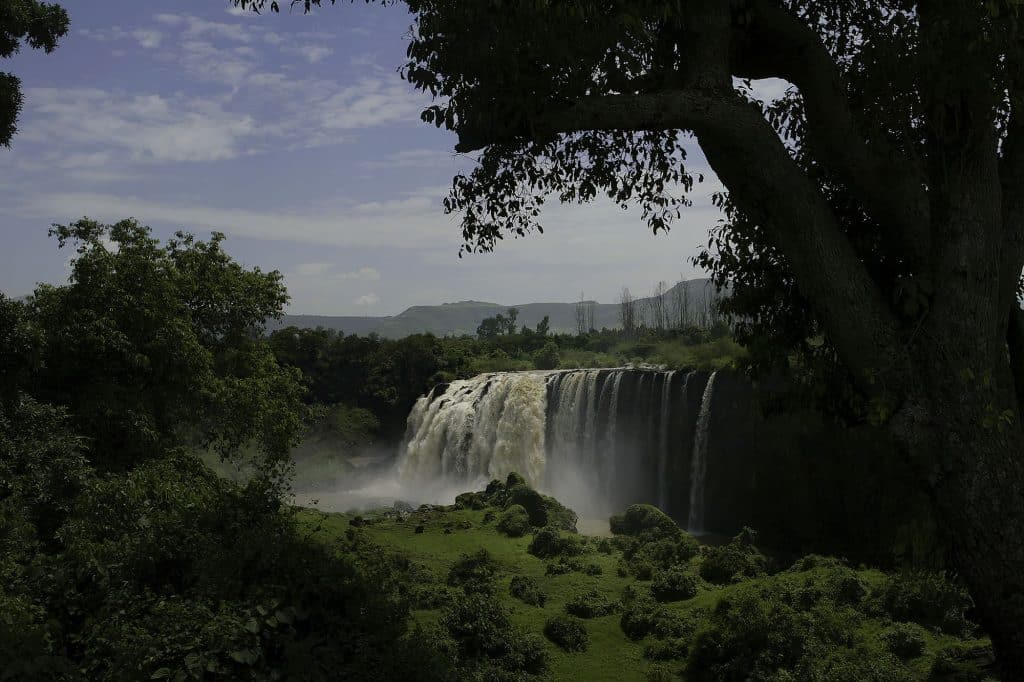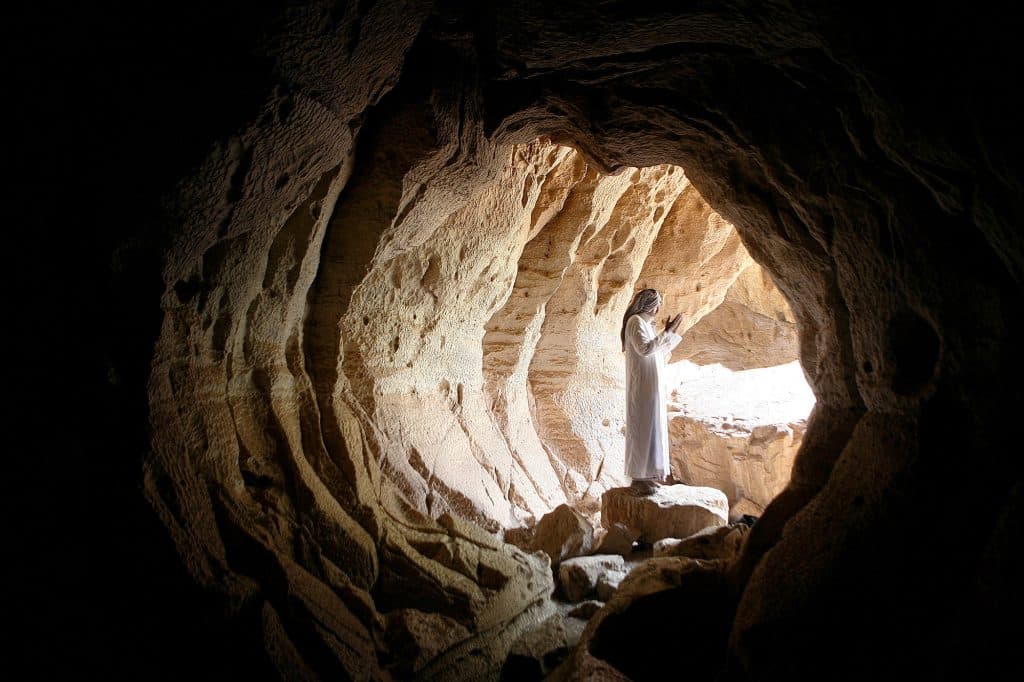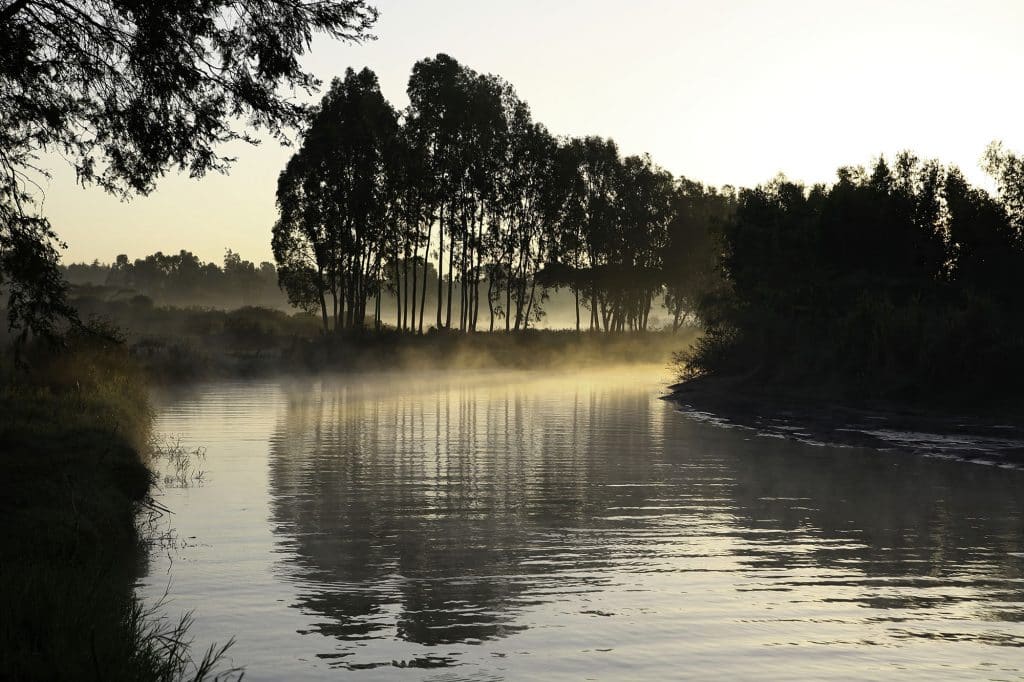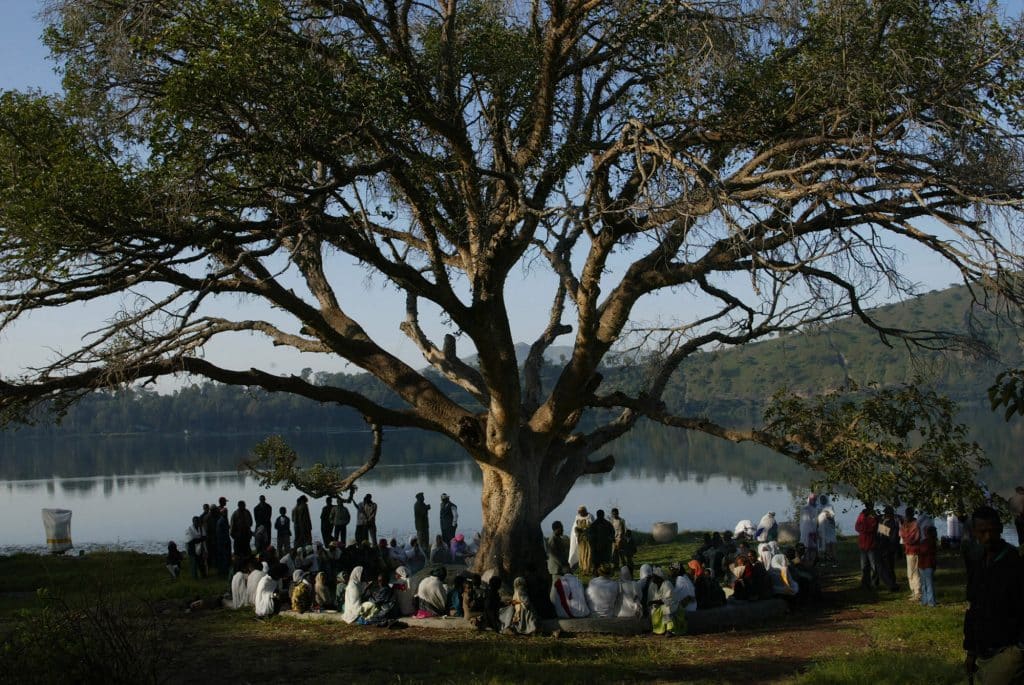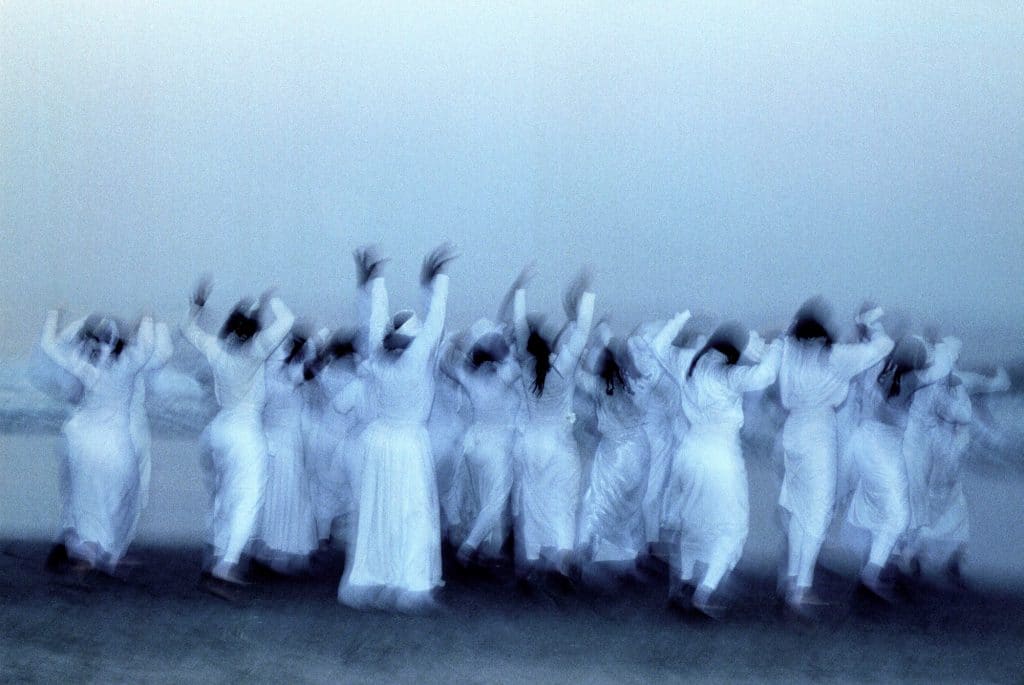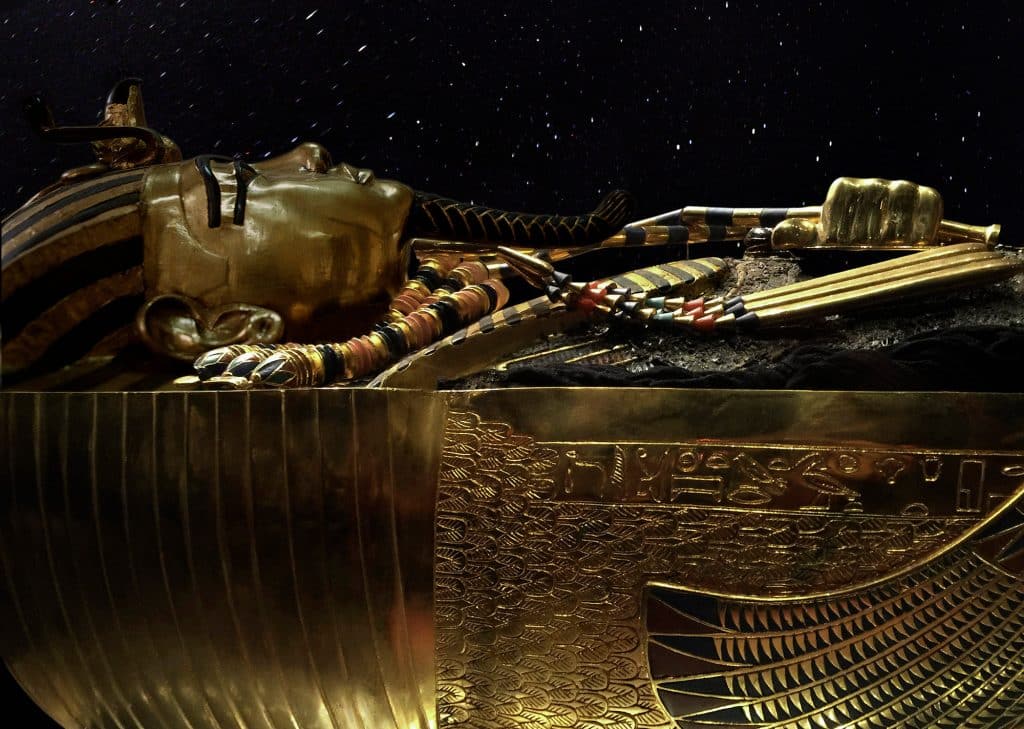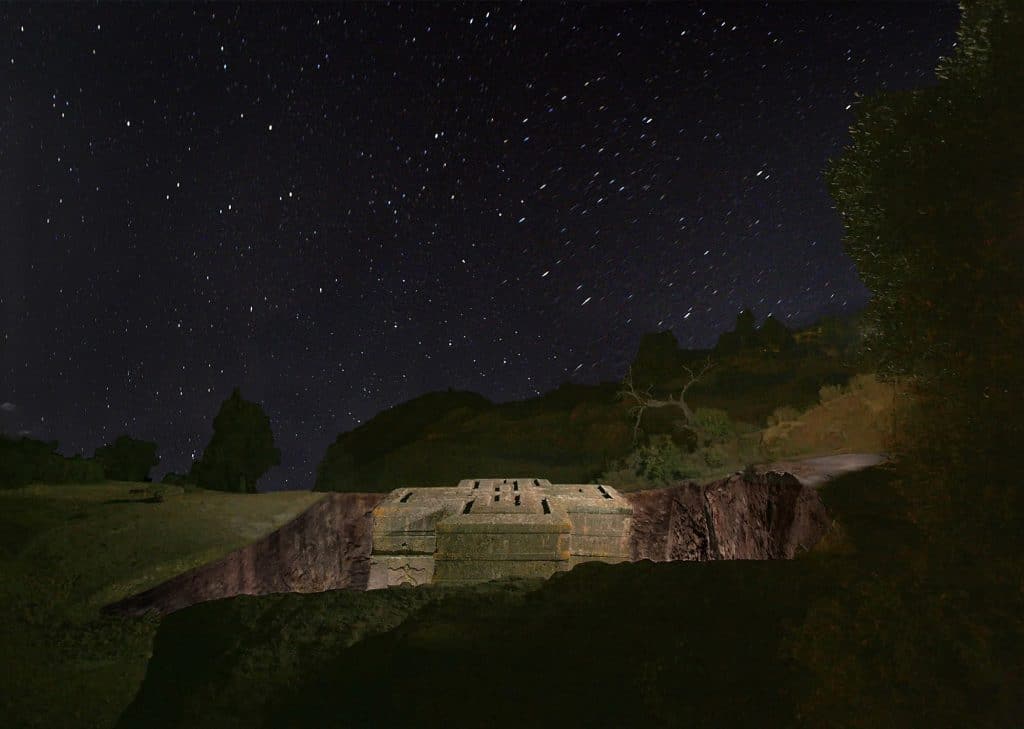In the mid-1950s, Chester Higgins Jr., then nine years old, remembers being awakened by a faint frequency vibrating inside his head while asleep in his childhood home in New Brockton, Alabama. It was sometime around three in the morning when he opened his eyes, only to see a circular white light on the wall opening like the aperture of a pupil. In the light, an African man dressed in traditional robes appeared, his eyes closed and hand raised in peace.
Wholly unaware this was an unusual event, Higgins continued to watch as the figure opened its eyes and started moving towards him. Suddenly the figure called out to him, startling Higgins out of his reverie. Now afraid, the young boy yelled, “Get away from me!”
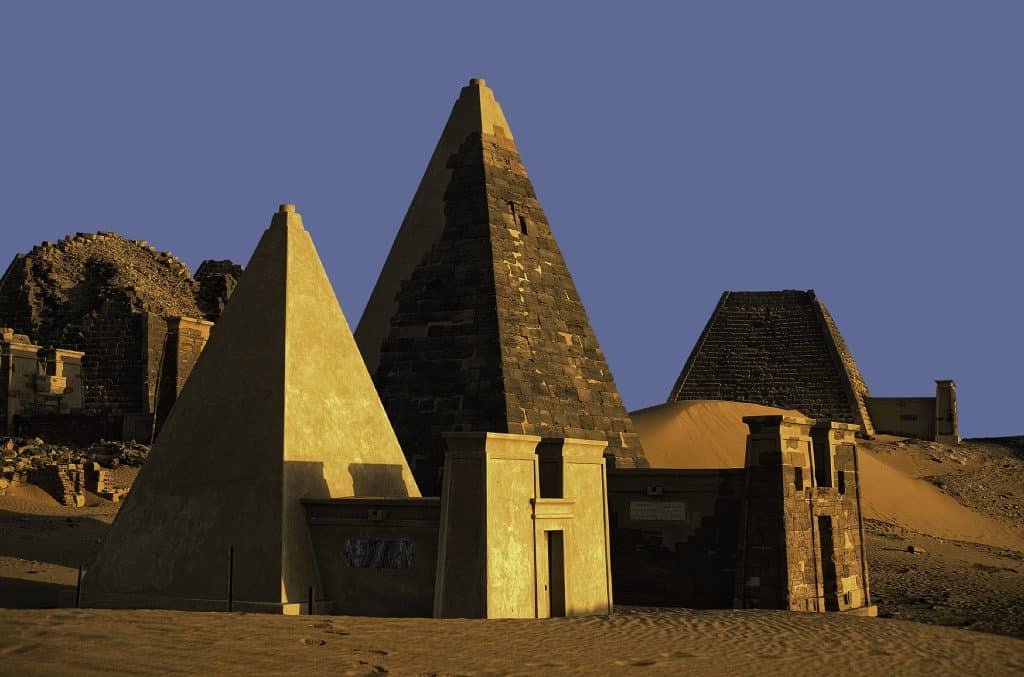
Higgins’ parents and grandparents rushed into his room and turned on the light. The figure disappeared back into the wall. While his mother held him close, Higgins realized he was levitating and could see the entire scene from above. As she continued rubbing his hand, Higgins felt himself return to his body. Then he told his family what had just occurred. No one knew what to make of it — except his grandfather, a minister.
At the time, Higgins’ grandparents were living in the family home because the Ku Klux Klan had burned their house down after his grandfather paid poll taxes so that other Black people in the community could vote. “My grandfather declared it was an apparition and a call to Scripture,” Higgins remembers. “The next day he gave me his Bible before he went off to work. I took to Scripture like a fish to water, and nine months later I preached my first sermon.”
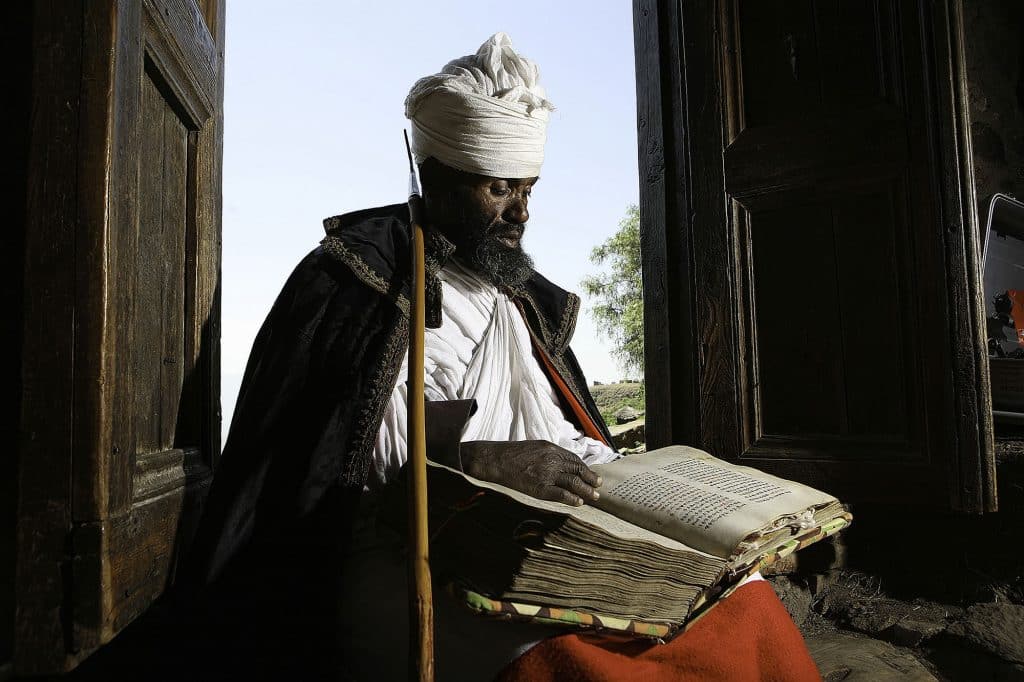
In September 1957, shortly before his 10th birthday, Higgins received his minister license and began preaching in local churches. “The visitation made me realize there is a parallel reality to what we see, the physical and the spiritual that exist at the same time,” Higgins says. “I always knew from then on that what I was looking at was one half of the spiritual thing that is behind. When I started photography 20 years later, one of the things I set out to do was look for what I call the signature of spirit because I know it is there.”
A Call to Photography
While studying at the Tuskegee Institute in the late 1960s, Chester Higgins Jr. also worked as business manager for The Campus Digest, the student newspaper, selling advertising to local businesses. While visiting the studio of P.H. Polk, the university photographer, Higgins came upon portraits of farmers made during the Depression that reminded him of the people back home. Polk explained that he lived on a street where farmers passed on market day, and every now and then he would notice what he considered “an outstanding character.” Polk would run out of the house and approach them with an offer they couldn’t refuse. If they were willing to spend 15-20 minutes in his studio, Polk would take their photo and pay them $5 ($110 today).
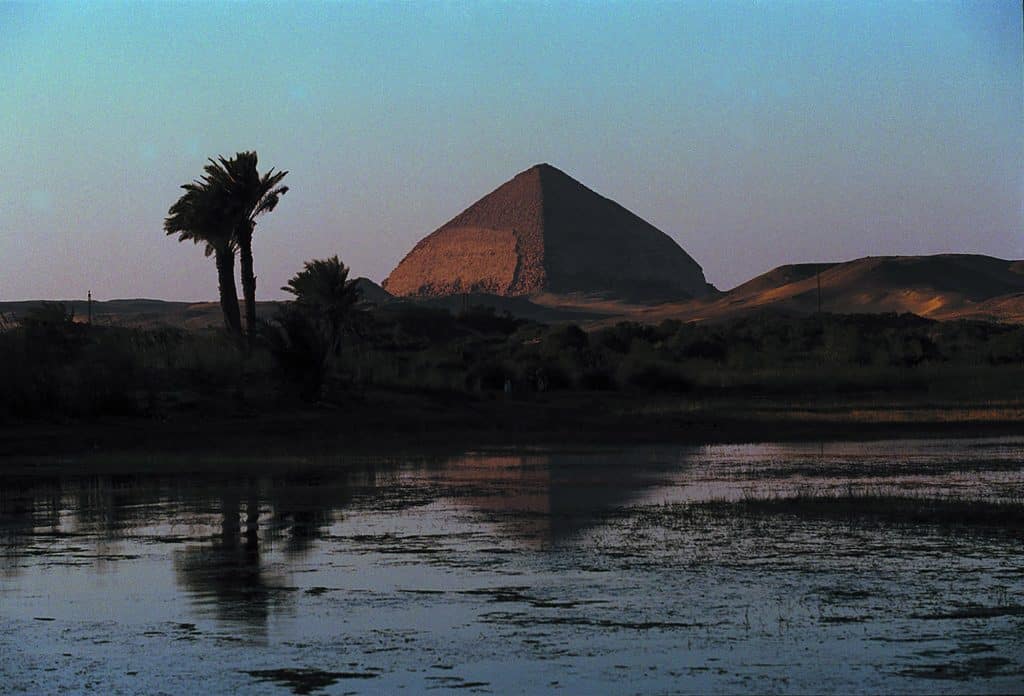
Higgins remembers, “Polk was an easy man to love because of his trueness to his mission, his love for his people, his feeling committed to using the camera to show the things that the racist media refused to acknowledge: decency, dignity, and virtuous character. It’s those three things that enemies of our people can never see.”
Inspired, Higgins saved up for a camera and quickly got to work, making portraits of university professors for $10 ($80 today). From there, he went on to photograph the Civil Rights Movement during 1968, documenting the protests against Alabama governor and staunch segregationist George Wallace. “What I found shocking is that the next day in the newspaper or that evening on the TV, the camera man had showed us not as citizens petitioning the government but as potential thugs, arsonists, and rapists. I’m inside the demonstration and I know that’s not what we are,” he says.
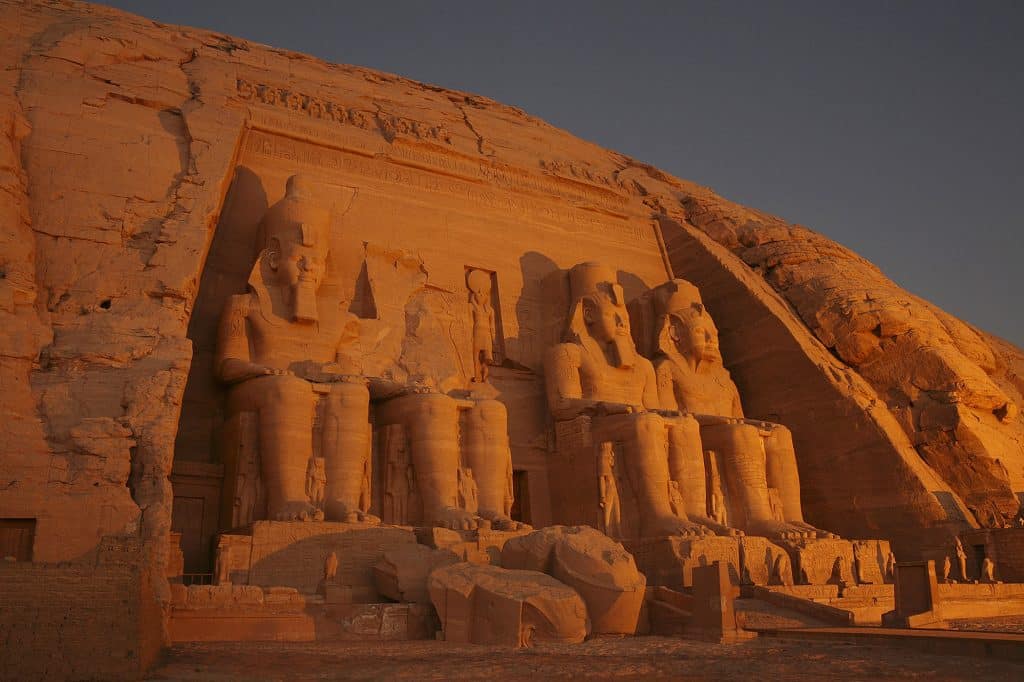
“Seeing has its own linguistics. Everybody sees but they don’t see clearly. That’s how we survive. The eye protects us and tells us what’s in front of us and our reality. But that’s different from being able to digest the information and the underlying things happening.”
A Call to Egypt
After graduating in 1970, Chester Higgins Jr. moved to New York City to pursue his photography career, going on to become a staff photographer for the New York Times in 1975. In September 1973, Higgins went on a press junket to Egypt for 10 days to take photographs for a TWA travel brochure. During the second week of his stay, the Yom Kippur War began and Higgins ended up staying in the country for four weeks. From his balcony on the 24th floor of a Cairo Hotel, Higgins could see the Great Pyramids.
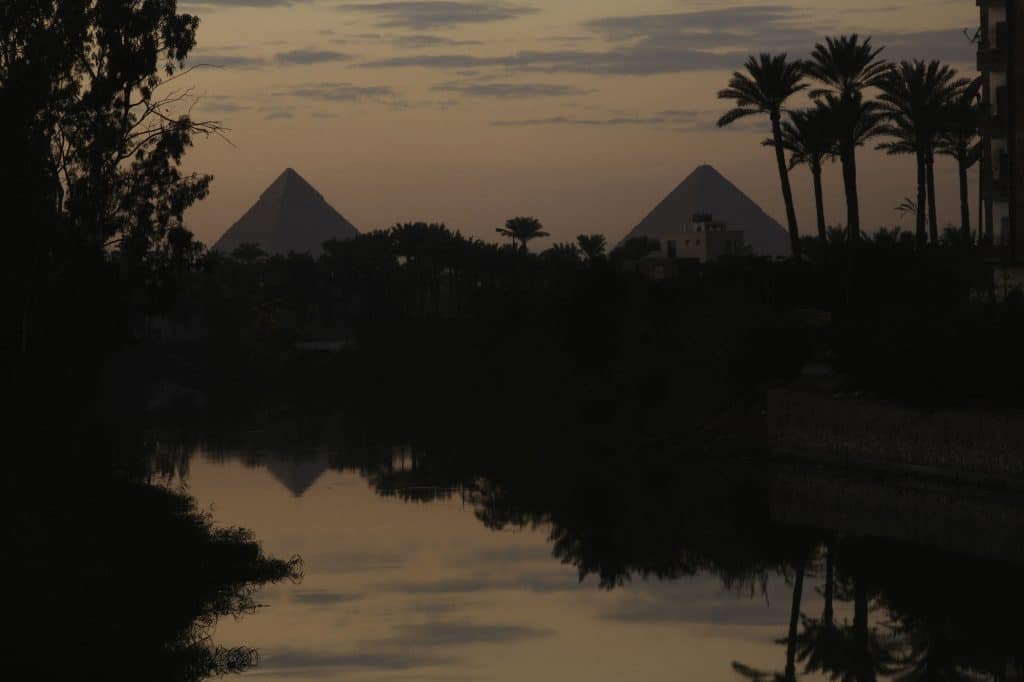
Overcome by the profundity of these monuments and the histories carved in stone, Higgins began what has become a five-decade journey into the soul of Egypt. He began a course of study that would result in an extraordinary book, Sacred Nile (March Forth), co-authored with Betsy Kissam — a chronicle of Black Egypt that explores Africa’s ancient spiritual roots and connections to Western religion, which form the foundation of the African American experience. Over half a century, Higgins made nearly 50 trips to Africa, including 20 to Egypt, developing a deeper understanding of the connections that exist independent of a Western framework.
Using photography to explore relationships between the spiritual and physical worlds in order to liberate the image from the constraints of time, Sacred Nile is a mesmerizing journey between past and present. “I went to Ethiopia and was struck by the ancientness of the people and their religions, and over time, I began to realize they are on the Blue Nile. This is about river culture,” Higgins said of the mighty river that flows through 11 countries on the continent.
“The Egyptians believed in nature, as did the Sudanense and the Nubians. What is common to us is sunlight, darkness, water, all of these things. All nature is spiritual and we are a function of nature. The Egyptians call that God. We are all a function of the God source.”
A Call to Truth
In the mid-fourteenth century BC, Akhenaten, Pharaoh of Egypt, proclaimed there was only one god — an act so revolutionary it prompted the archeologist James Henry Breasted to call him “the first individual in history.” He moved the empire’s capital from Luxor to Armana, a city he built to honor Aten, the God depicted in the abstract image of a sun disk.
Although Akhenaten was a pivotal figure in history, his lineage was not able to uphold his vision, bringing about the end of the 18th Dynasty his work to advance monotheism. For millennia, his legacy was largely erased — only to come back into view in the early 20th century when the graves of his second wife, Nefertiti, and son, Tutankhamen, were unearthed. The world instantly became captivated with the splendors of ancient Egypt — yet the fact that the family was Black African was largely obscured.
Western scholars have long posited Egypt as Middle Eastern — not African — and establishing it as the foundation upon which classical Greek society was built. “Growing up in racist America, you realize very quickly that white scholarship about Africa is very sloppy. It comes with the caveat that African history began with colonization and slavery but that’s not the case,” Chester Higgins Jr. says.
“They invented Egyptology to disconnect it from the foundation — African culture. But the people who decided Africa was going to be enslaved could not have two different stories, so Africa had to be the continent that has done nothing. To create Sacred Nile, I had to do primary research and put it all together, not to be a reactionary but to tell the story nobody else has been able to tell.”
Sacred Nile is published by March Forth, $40.
